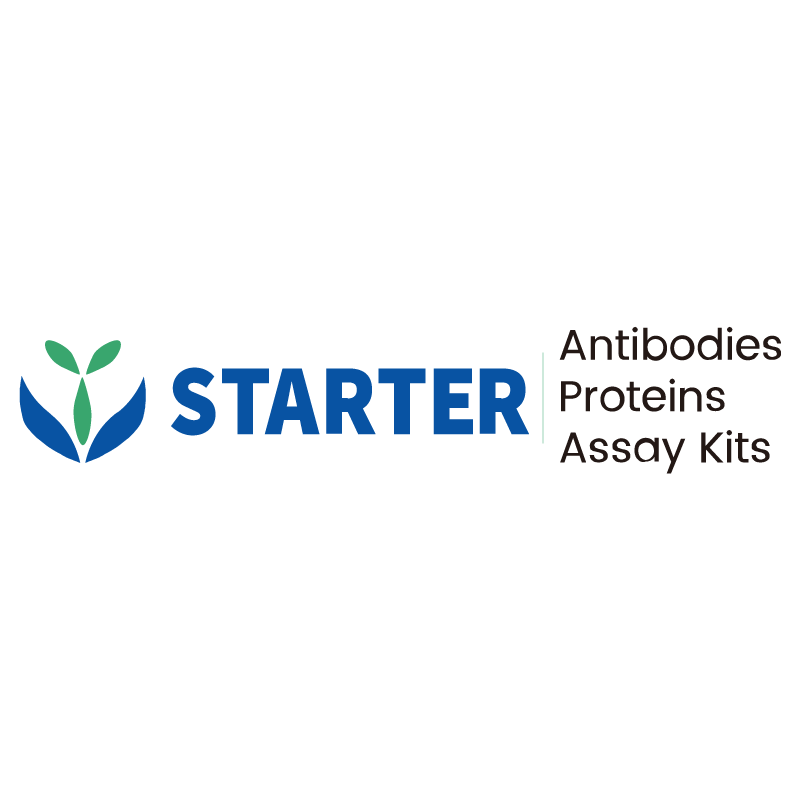Flow cytometric analysis of CD152 expression on activated human PBMC (human peripheral blood mononuclear cell). PHA-activated (2 days) human PBMC were stained with Brilliant Violet 421™ Mouse Anti-Human CD3 antibody and either Mouse IgG2a, κ Isotype Control or SDT FITC Mouse Anti-Human CD152 Antibody at 5 μl/test. Flow cytometry and data analysis were performed using BD FACSymphony™ A1 and FlowJo™ software
Product Details
Product Details
Product Specification
| Host | Mouse |
| Antigen | CD152 |
| Synonyms | Cytotoxic T-lymphocyte protein 4; Cytotoxic T-lymphocyte-associated antigen 4 (CTLA-4); CTLA4 |
| Location | Cell membrane |
| Accession | P16410 |
| Clone Number | S-R577 |
| Antibody Type | Mouse mAb |
| Isotype | IgG2a,k |
| Application | ICFCM |
| Reactivity | Hu |
| Positive Sample | PHA-activated (2 days) human PBMC |
| Purification | Protein A |
| Concentration | 0.05mg/ml |
| Conjugation | FITC |
| Physical Appearance | Liquid |
| Storage Buffer | PBS, 25% Glycerol, 1% BSA, 0.3% Proclin 300 |
| Stability & Storage | 12 months from date of receipt / reconstitution, 2 to 8 °C as supplied. |
Dilution
| application | dilution | species |
| ICFCM | 5μl per million cells in 100μl volume | Hu |
Background
CD152, also known as CTLA-4 (cytotoxic T-lymphocyte-associated protein 4), is a protein receptor that functions as an immune checkpoint. It is a member of the immunoglobulin superfamily and is expressed on the surface of T cells. The CD152 gene consists of 4 exons and encodes a protein with a signal peptide, an Ig-like domain, a transmembrane region, and a cytoplasmic domain. CD152 plays an essential role in regulating T cell activation by binding to its ligands CD80 and CD86, which are expressed on antigen-presenting cells. This binding can inhibit the over-activation of T cells, thus maintaining immune homeostasis.
Picture
Picture
FC


